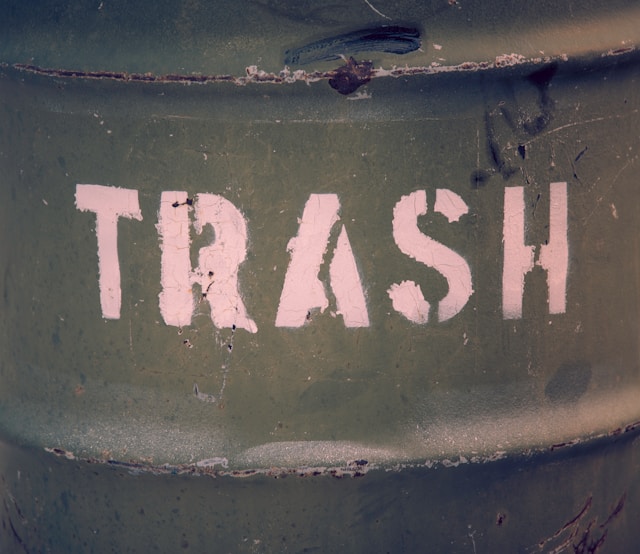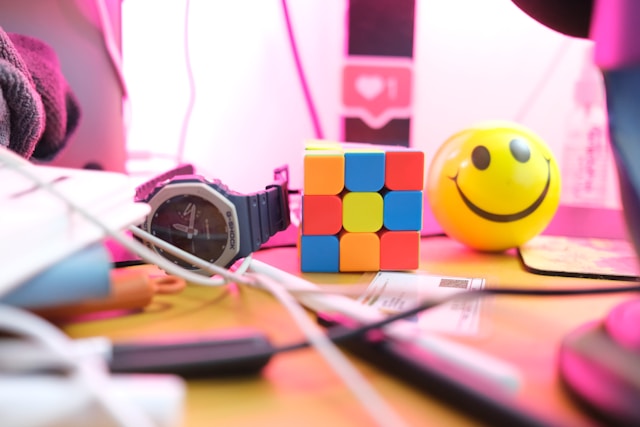Smart Habits for a Smarter, Happier You (Without the Toxic Positivity)
Let’s cut through the Instagram-filtered self-help noise: You don’t need a 5 AM routine, kale smoothies, or a 90-day “life hack” challenge to level up. Real growth is messier, funnier, and way more human. I learned this the hard way after buying a $200 planner I used twice (RIP, my wallet) and attempting a “digital detox” that lasted until my group chat blew up about Taylor Swift tickets. Here’s the truth: Smart habits aren’t about perfection—they’re about progress that fits your chaotic, snack-fueled, “wait, did I pay the electric bill?” life. Let’s talk about how to build them without losing your soul. The Myth of the “Perfect” Habit (and Why You’re Not Broken) My first “smart habit” fail? The Great Meditation Experiment of 2020. I downloaded Headspace, lit a lavender candle, and sat cross-legged… only to spend 10 minutes mentally rewriting my LinkedIn bio. Turns out, forcing yourself to breathe like a Zen monk doesn’t work if you’re actually a stress-goblin who thinks in to-do lists. Science backs this up: A 2021 study found habits stick best when they’re tiny and tied to existing routines. Instead of “I’ll meditate 20 minutes daily!” try: “After I brush my teeth, I’ll take three deep breaths.” Baby steps beat dramatic overhauls every time. 3 Sneaky Habits That Actually Work (No Life Coaches Required) 1. The “Ugly Journal” MethodForget aesthetic bullet journals with calligraphy. Grab a gas station notebook and scribble two lines every night: 2. The “Micro-Skill” StackWant to learn Spanish? Don’t start with verb conjugations. Watch Narcos with subtitles and learn one slang phrase per episode. My crowning achievement: “¿Dónde está el baño?” (Thanks, taco Tuesday mishap.)Small wins build confidence. Now I’m tackling Duolingo while waiting for coffee—two birds, one stone. 3. The “Scrolling Tax”Here’s my dirty secret: I waste 30 minutes nightly doomscrolling TikTok. Instead of quitting cold turkey, I now do 10 push-ups every time I open the app. Result? I’m slightly stronger and way too tired to watch another ASMR slime video. How to Not Hate Yourself When Life Happens Spoiler: You’ll slip up. Last Tuesday, I ate a family-sized bag of chips for dinner and forgot my water bottle existed. But here’s the reframe that saved me: Progress isn’t linear—it’s a WiFi signal. Up, down, up again. When guilt creeps in, ask: “Did I survive? Did anyone die?” (Spoiler: The answer is always no.) Then, laugh it off and try again tomorrow. My mantra? “I’m not a robot, and my Amazon delivery history proves it.” The “Dumb” Hack That Changed Everything Set a “joy alarm.” Mine goes off at 3 PM daily, reminding me to do something ridiculous for 60 seconds: Your Homework (But Chill, No Due Date) Pick ONE habit this week. Make it so small it’s almost silly: Final Thought: Smart > Perfect You don’t need a personal development Bingo card. As writer Anne Lamott says, “Almost everything will work again if you unplug it for a few minutes—including you.” So unplug. Experiment. Eat the chips. The smartest habit? Trusting that you’re already enough—upgrades optional.
Smart Habits for a Smarter, Happier You (Without the Toxic Positivity) Read More »









